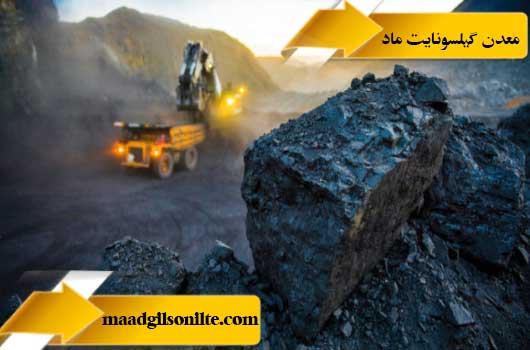
Improvement of natural bitumen extraction:Improving natural bitumen extraction in Gilsonite mines plays an important role in meeting global energy needs. However, it is important to continuously look for ways to improve extraction methods to ensure efficient and sustainable use of this valuable resource. This paper examines various strategies to enhance natural bitumen extraction efficiency and overall productivity.
Innovative techniques such as solvent-assisted extraction and steam-assisted gravity drainage hold promise for improving bitumen recovery rates from mines. These methods include the use of solvents or steam to reduce the viscosity of the bitumen, which makes it easier to extract and separate it from the surrounding material.
Advances in mining equipment and technologies have the potential to increase the efficiency and productivity of natural bitumen extraction in mines. This includes the use of advanced machinery such as excavators and transport trucks, as well as the implementation of automated systems to monitor and optimize operations.
Geophysical and geochemical surveys can provide valuable information about the composition, distribution and quality of gilsonite reserves. By using techniques such as electromagnetic surveys and geochemical analysis, mining companies can better understand the properties of the bit.
particle carrier formations, which enable them to optimize extraction processes.
The integration of automation and robotics in open pit mine operations has great potential to improve natural bitumen extraction. Autonomous vehicles and robotic systems can increase safety and efficiency by reducing the need for human intervention in hazardous tasks and increasing operational accuracy.
Remote sensing technologies, such as satellite imagery and aerial surveys, can provide valuable data on the topography, vegetation, and geological features of mining sites. This information can help plan and monitor open pit mining operations and help optimize resource allocation and minimize environmental impacts.
With continuous advances in technology and innovative approaches, the future of gilsonite mining in open pits looks promising. By addressing the challenges and limitations of current methods and exploiting the potential of advanced technologies, mine operations can improve the efficiency and sustainability of bitumen extraction processes.
The integration of Internet of Things (IoT) devices and data analysis plays an important role in optimizing the mining effect.
Freeze enables real-time monitoring and data analysis, proactive decision making, predictive maintenance and resource allocation. Using the Internet of Things and data analytics, operators can identify inefficiencies, reduce energy consumption, and optimize production processes. The use of smart sensors and data-driven insights empowers operators to achieve higher mining yields with improved environmental sustainability.

In this case study, we examine how the use of solvent extraction techniques has revolutionized natural bitumen extraction in open pit mines. By introducing solvents into the extraction process, operators have been able to increase bitumen recycling efficiency and minimize wastage. This method involves injecting a solvent into the bitumen deposits, which helps loosen and separate the bitumen from the surrounding rock formations. As a result, overall mining efficiency has increased significantly, leading to greater productivity and profits for mining companies.
Here, we delve into the exciting world of in-situ combustion methods and their impact on natural bitumen extraction. Instead of relying on traditional extraction techniques, in-situ combustion involves setting fire to the bitumen reservoirs themselves. This process heats the bitumen and makes it easier to extract and separate it from the surrounding rocks and sand. Despite its unconventional approach, in-situ combustion has proven to be a highly effective and efficient method that results in improved extraction rates and reduced environmental footprints.
In this case study, we analyze the use of steam-assisted gravity drainage (SAGD) technology in natural bitumen extraction. SAGD involves injecting steam into the reservoir, which heats the bitumen and reduces its viscosity, allowing it to flow to a collection well. This method has gained popularity due to its ability to extract bitumen from deep underground reservoirs, where other conventional extraction methods are not possible. With its successful implementation, SAGD has proven to be a game-changer, significantly increasing bitumen recovery rates and expanding the industry’s extraction capabilities.
By implementing advanced drilling techniques, using improved extraction methods, the natural bitumen extraction process in Gilsonite mines can be significantly improved. In addition, prioritizing safety, knowledge sharing and economic viability will foster sustainable practices in the industry. Continued investment in research and development is essential to refine extraction technologies, ensuring efficient use of this valuable resource while minimizing environmental impact.

